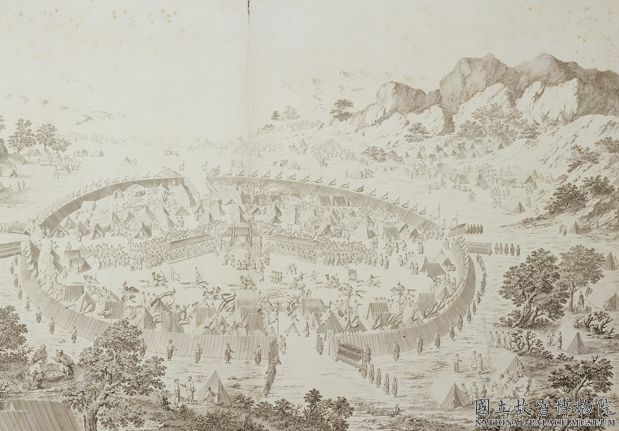[Changsha Brown Glaze Mould-printed Decal Two-ear Jar]
Changsha Brown Glaze Mould-printed Decal Two-ear Jar, 19.2cm high, 12.6cm diameter, 14.2cm foot diameter
The mouth of the can mouth, straight neck, full shoulder, round belly, and flat bottom. The embryo is gray white, and the body is brown with yellow glaze. There are symmetrical square ears and four patterns on the shoulder. There is no glaze around the foot and at the bottom
The implements of Changsha kiln in the Tang Dynasty are mainly porcelain for daily use. In addition to meeting domestic needs, they are also exported in large quantities. Its shape is simple and simple, and it pays attention to the changes in details. It is most common in various forms of cans and cans. In the early stage of decoration, the color was mostly painted with brown or green large color spots on the figures, lions, and grapes with patterned decals, and then developed into a single brown or green color painting, and then gradually developed to use brown and green color painting. Changsha Kiln in the Tang Dynasty was the birthplace of China’s massive production of underglaze color porcelain, which opened a new way for porcelain color painting decoration
Changsha kiln porcelain in the Tang Dynasty has distinctive characteristics. First, the invention of underglaze painting broke through the single glaze color of celadon. Secondly, underglaze color painting has a wide range of subjects and rich content, involving landscapes, figures, flowers and birds, etc., with lively and vivid themes and realistic features. The third is the extensive use of the stencil decal technology, and the five-character poem or six-character folk song is inscribed in brown color. This trend began in Changsha kiln and reached its peak in the Song and Yuan dynasties
![图片[1]-Changsha kiln brown glaze die-printed applique double-ear jar-China Archive](https://chinaarchive.net/Tang dynasty/ceramics/3500[1024].jpg)
![[Qing Dynasty] British female painter—Elizabeth Keith, using woodblock prints to record China from the late Qing Dynasty to the early Republic of China—1915-China Archive](https://chinaarchive.net/wp-content/uploads/2022/11/image-191x300.png)




